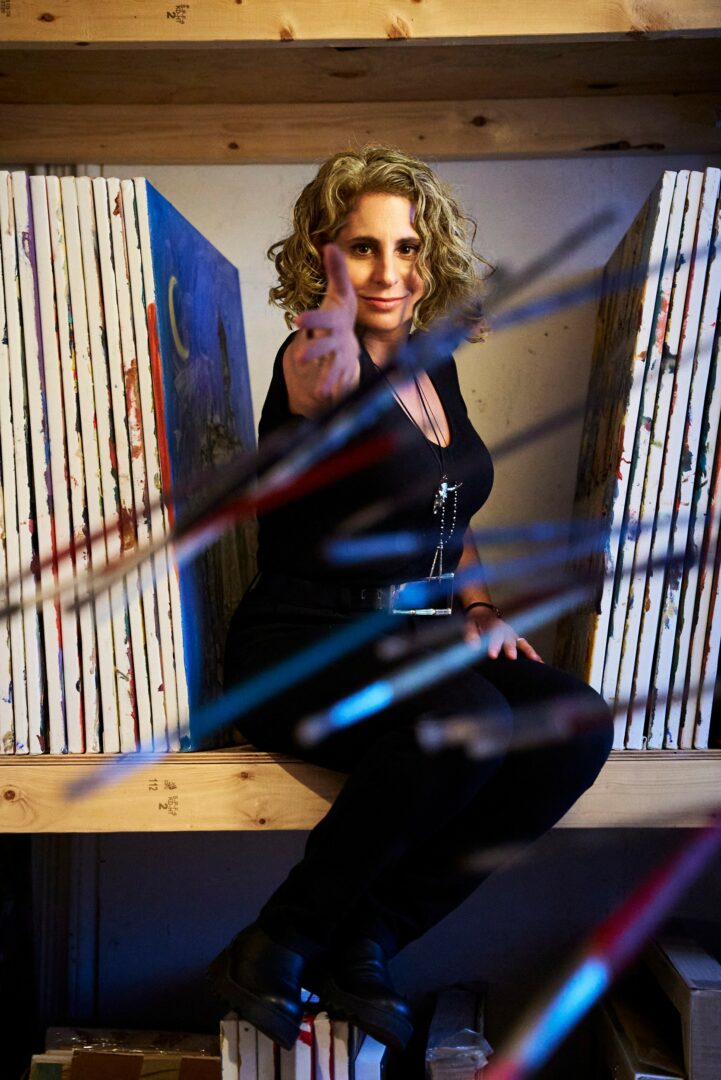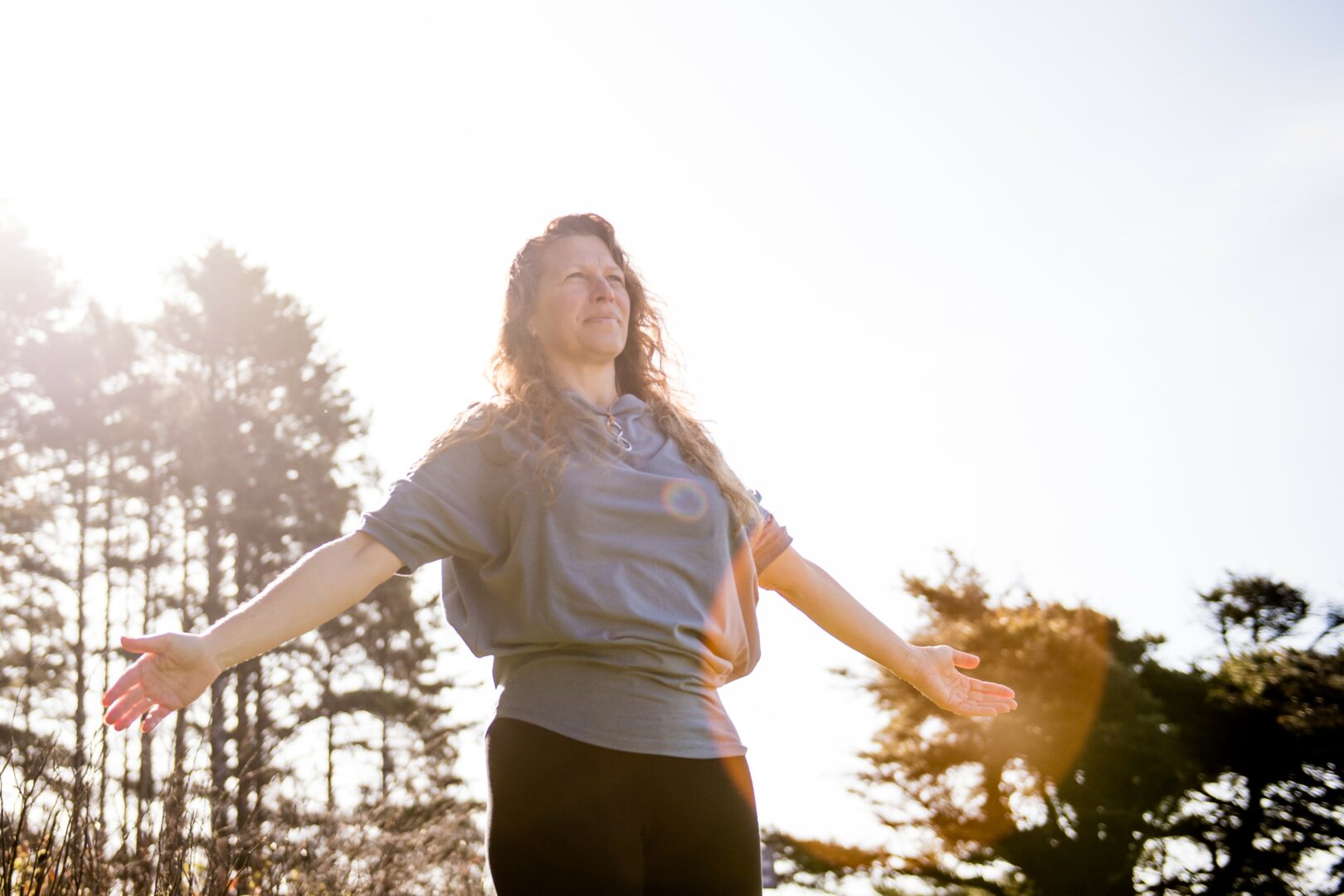Sonya Sklaroff shared their story and experiences with us recently and you can find our conversation below.
Good morning Sonya, we’re so happy to have you here with us and we’d love to explore your story and how you think about life and legacy and so much more. So let’s start with a question we often ask: What do you think is misunderstood about your business?
Many people assume artists only work when inspiration strikes. I don’t wait for inspiration — I work through it, and often the best ideas emerge while actively engaged in the process. My approach is built on discipline — I enter the studio every day and dedicate myself to the work, even when I don’t feel the incentive to create. More often than not, inspiration arises through the act of painting itself.
Recently, I’ve been exploring layers of texture in oil paint — impasto. My first snow painting actually emerged by accident. I had been experimenting with different compositions using this technique, and after hours of struggling with the overall feeling of the painting, I covered the entire canvas in white paint. As I built up the layers, a snowstorm emerged from the textures. That result might have eventually occurred on its own, but likely along a very different path; instead, it came through persistence, trial and error, and exploring every possibility.
Can you briefly introduce yourself and share what makes you or your brand unique?
New York City is both my home and my muse. As an artist, I paint and sketch directly from life — rooftops, streetscapes, and the people who give the city its energy — and then develop those works further in my studio, often using them as the foundation for larger paintings. My paintings are oil on canvas, while my sketches are typically ink or watercolor on paper. When I’m away from New York City, I travel and paint on location, bringing back new experiences and scenes that enrich and shape my studio work.
I’m currently working on a series of portraits of creative people I know, alongside paintings that merge New York City subjects with influences from my travels. I recently had a solo show in Paris, where I also painted on-site across the city, and I’m looking forward to upcoming trips to India and the Dominican Republic, which will bring new dimensions to my work.
By warping perspectives, highlighting overlooked details, and revealing the extraordinary within the ordinary, my paintings are interpretations of the world around me. I especially enjoy revealing the poetry and beauty of the mundane, using vibrant color, expressive brushstrokes, and subtly warped compositions that surprise and dazzle, offering viewers a fresh lens through which to experience everyday life.
Thanks for sharing that. Would love to go back in time and hear about how your past might have impacted who you are today. Who were you before the world told you who you had to be?
I was always an artist, even before I knew what that meant. In elementary school, our art teacher introduced us to pinch pots made from clay. Everyone’s pots looked similar, but after finishing mine, I sculpted life size clay noses instead — painting them with polka dots so they looked like they had measles. My mom still prominently displays one of these clay polka-dotted noses on her desk. Looking back, that was the beginning of defining my own path and realizing I saw the world differently — which is, at its core, the essence of being an artist.
If you could say one kind thing to your younger self, what would it be?
If I could say one thing to my younger self, it would be: don’t worry so much. The obstacles you fear often don’t materialize, and the real challenges are the ones you never anticipate. When I graduated from The Rhode Island School of Design (RISD), I was terrified about how I would support myself as an artist. What I didn’t realize was that a string of part-time jobs — some unusual, some rewarding — would teach me as much as my studio practice. I worked as a hostess at an Italian restaurant, a gift basket maker at an upscale gourmet market, a corporate administrative assistant, an illustrator for a man who wrote poems about cats, a gallery assistant, even a dental floss illustrator. Through it all, one passion never wavered: I wanted to be in the studio, making art. Over time, those side jobs fell away, and the gradual realization that I could live from my artwork was profoundly rewarding.
So a lot of these questions go deep, but if you are open to it, we’ve got a few more questions that we’d love to get your take on. Where are smart people getting it totally wrong today?
A successful corporate businessperson recently visited my studio. I shared not only my paintings but also my sketchbooks, filled with ink drawings of iconic New York scenes — the ice skating rink at Rockefeller Center, the interior of St. Patrick’s Cathedral, views from the High Line, commuters at Grand Central Station. She asked, “How are you marketing these sketches? Who are you showing them to? How are you selling them?”
What she didn’t understand is why these drawings remained in my sketchbooks instead of being actively marketed. For me, they capture my observations and reflections, but they weren’t created with the market in mind. Of course, the business side of art matters, but it isn’t the reason I sit down to draw. Some sketches eventually make their way to collectors, others stay with me, and that’s fine. The act of drawing is what matters — it’s how I process the world. Artists make work because we need to, not because we’re calculating its market value.
Okay, we’ve made it essentially to the end. One last question before you go. What do you understand deeply that most people don’t?
Many people believe artists are simply “born with talent.” Natural ability matters, but without training, practice, and persistence, that ability seldom reaches its full potential.
At a cocktail party at a private club on Fifth Avenue, I was sketching portraits of guests when a woman approached me. She seemed both impressed by the quality and fluidity of my drawings and wistful because she wished she could do the same. She explained that she had recently retired from banking and was eager to finally pursue her lifelong dream of painting. She had purchased supplies, canvases, and an easel, and set up a studio in her apartment, but when she sat down to begin painting, nothing seemed to take shape. I pointed to the grand piano in the room and said, “I love Chopin, but I’ve never played piano before. Do you think if I sat down right now, I could play a composition?” She laughed and said no, of course not. I explained that painting is the same — it takes lessons, practice, and years of work. Art isn’t only about expression or emotion; it’s also a craft, one that requires study and dedication.
Contact Info:
- Website: https://www.SonyaSklaroff.com
- Instagram: @sonyasklaroff

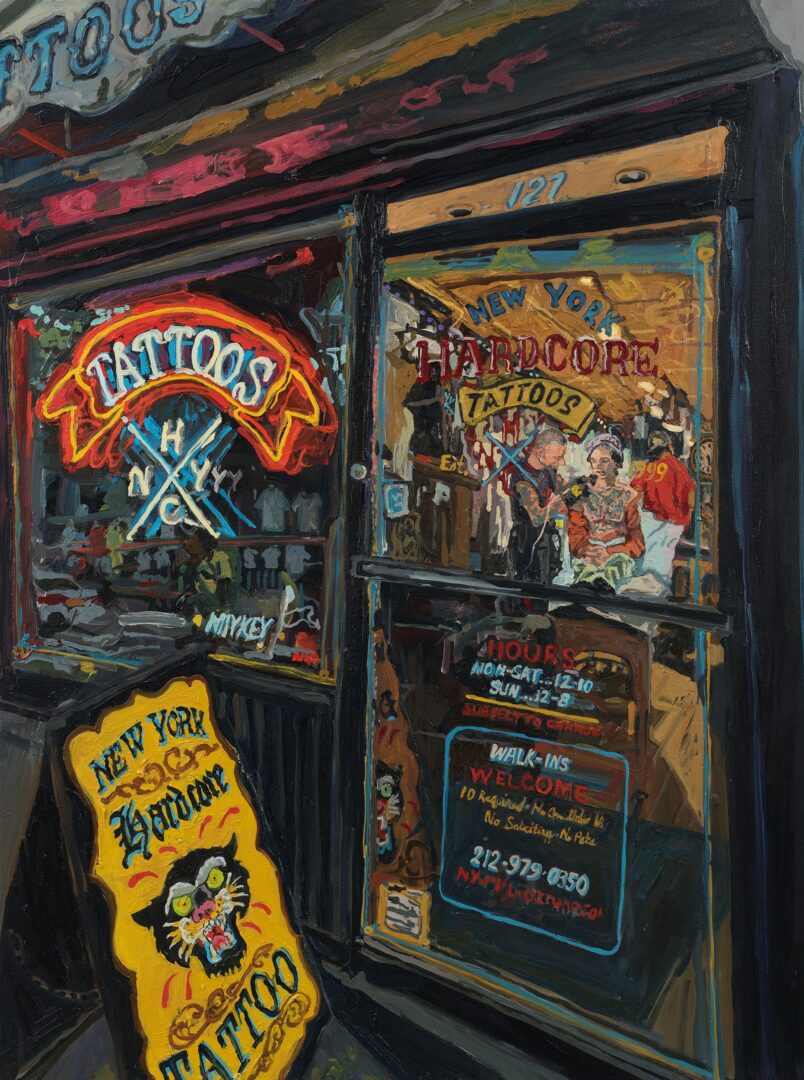
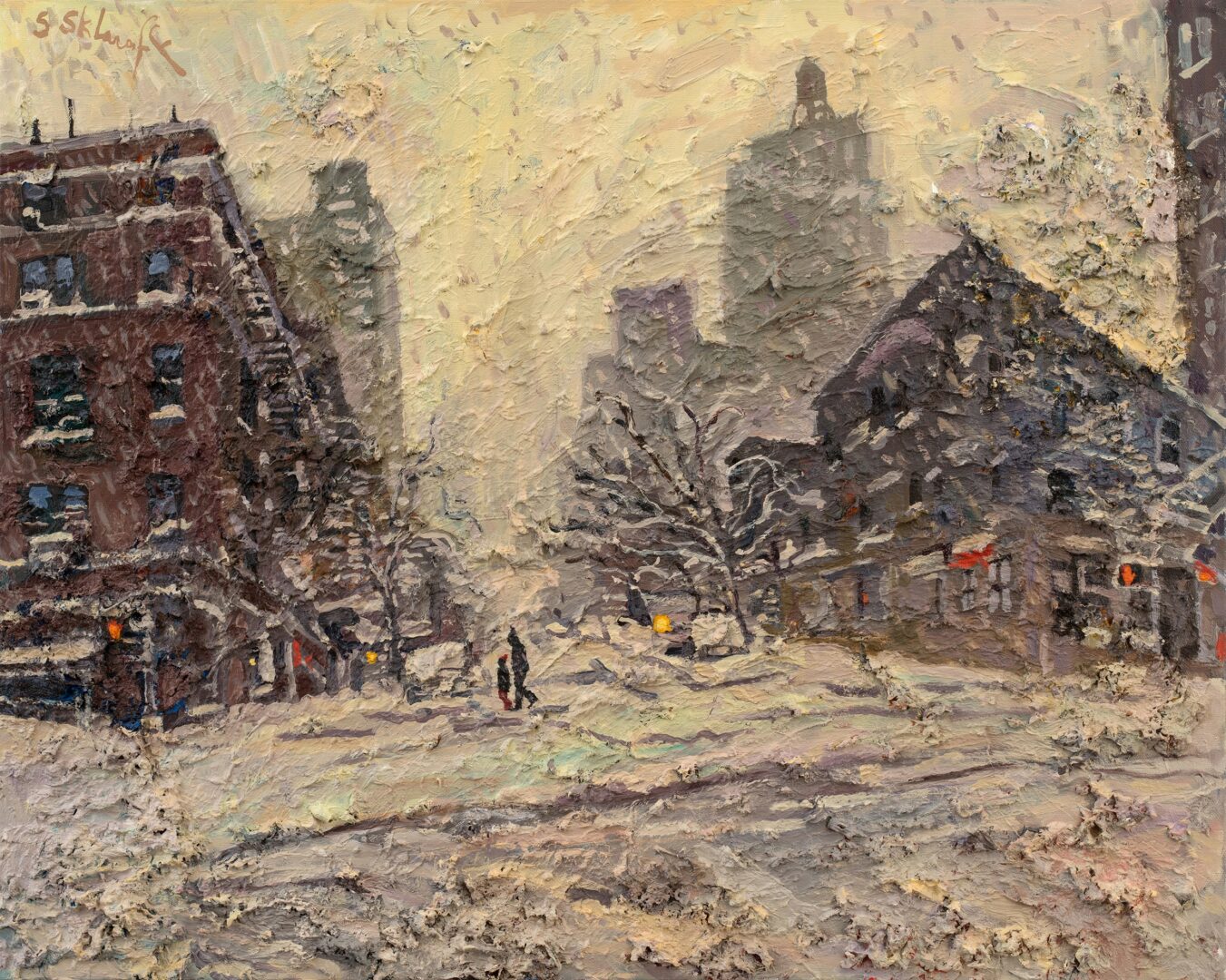
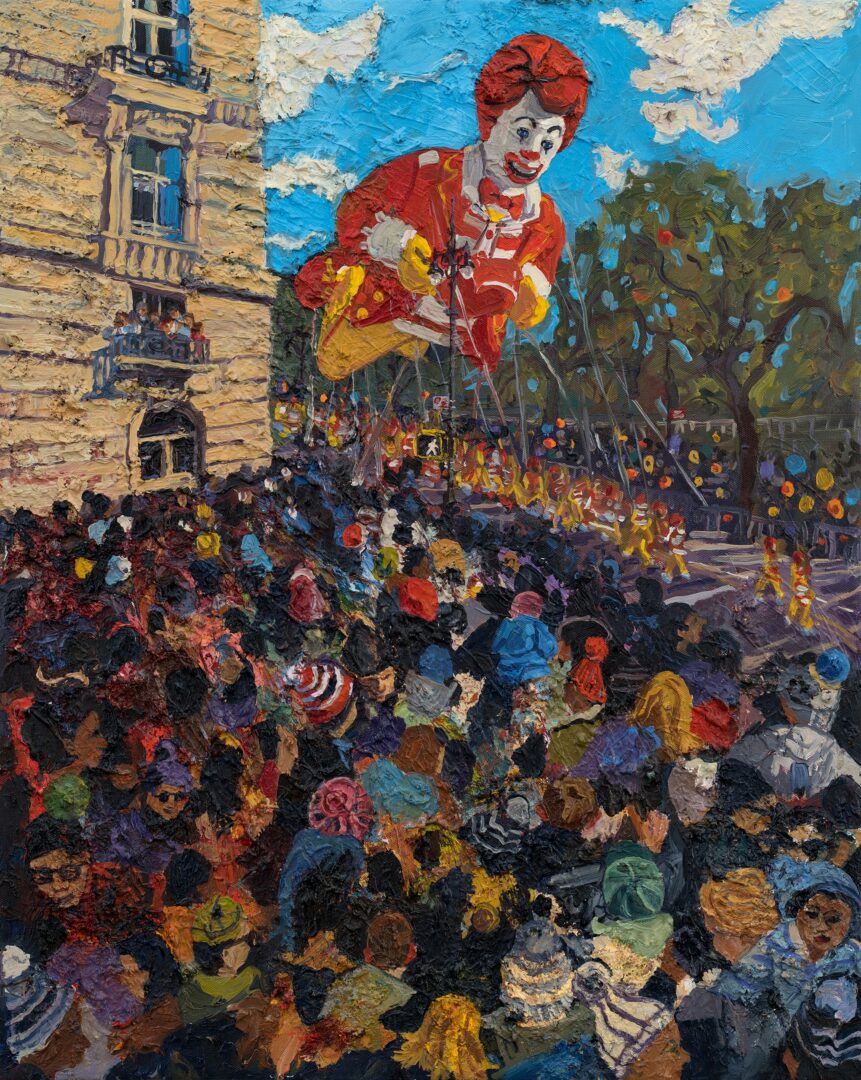
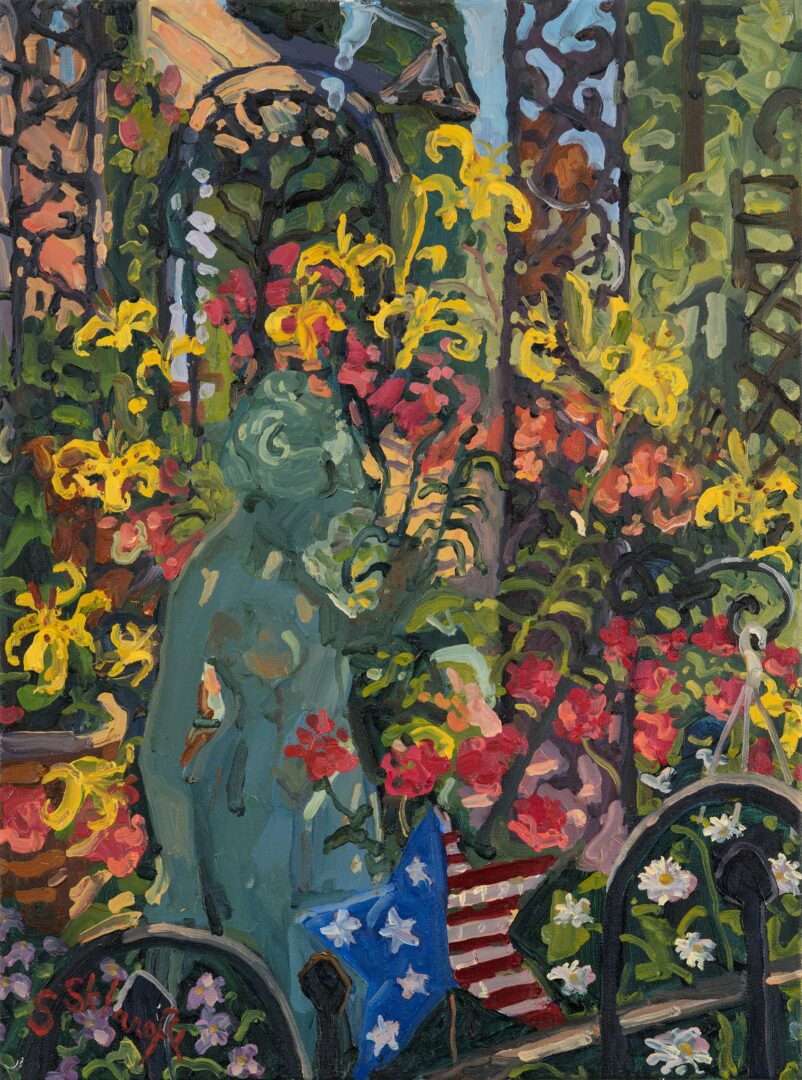
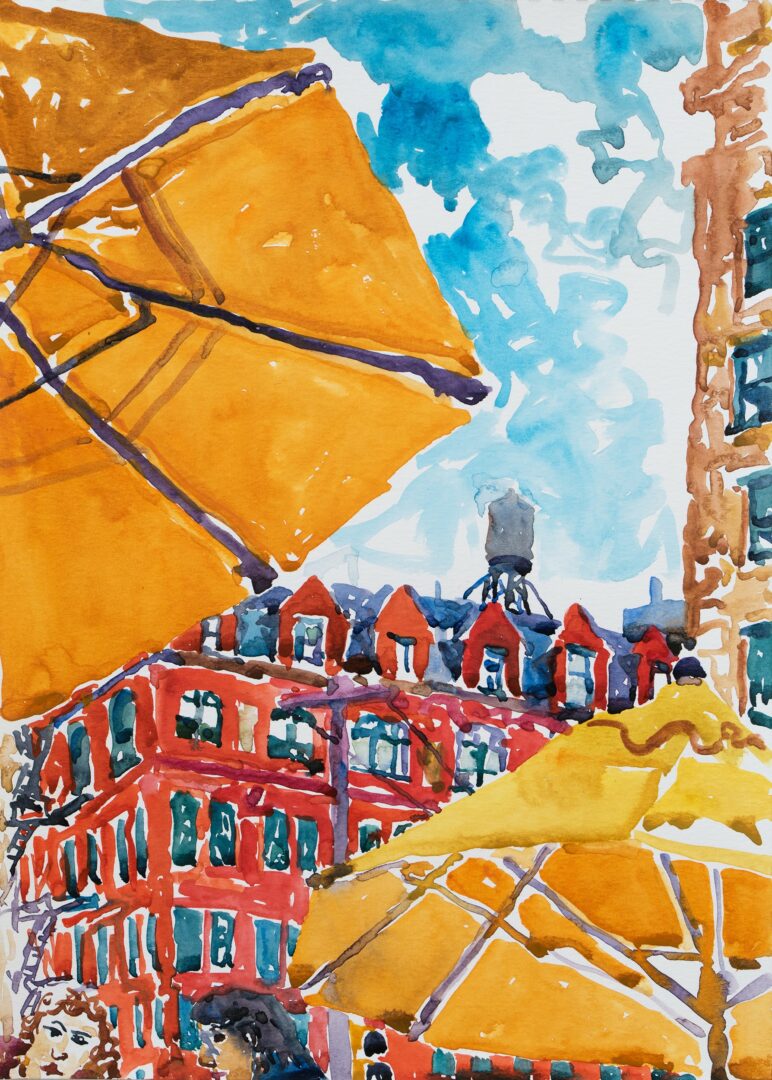

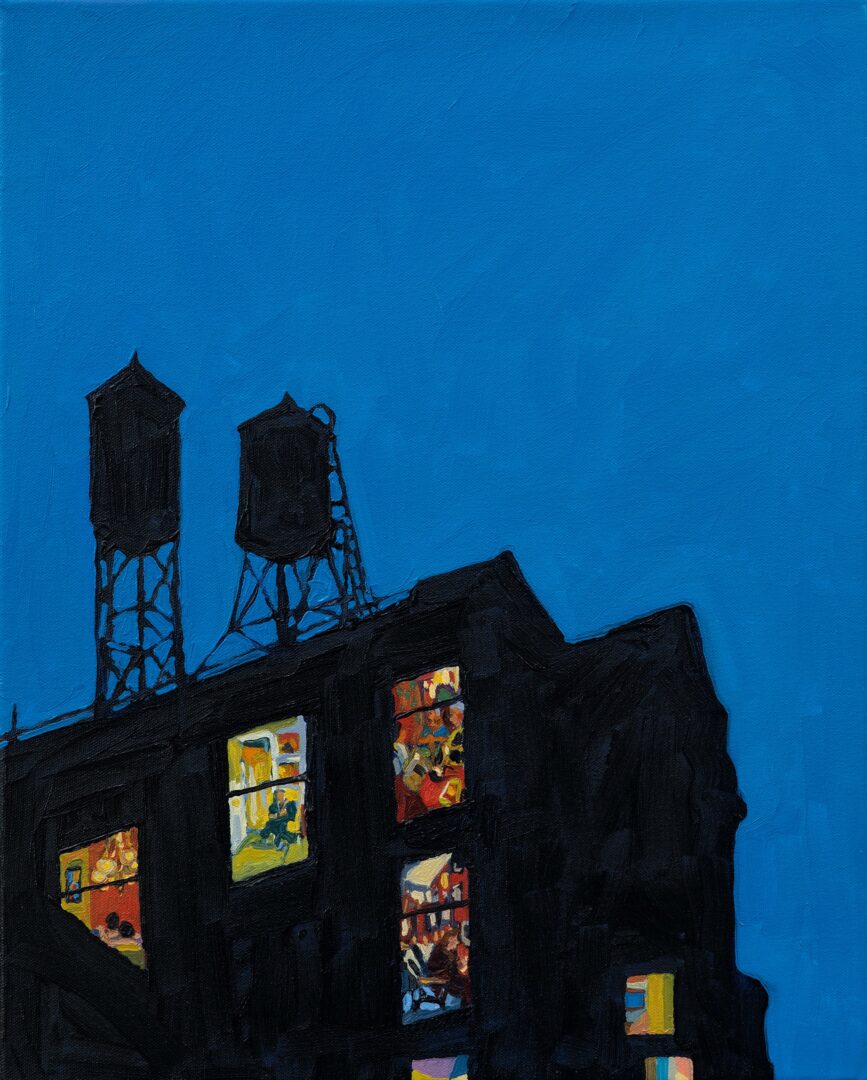

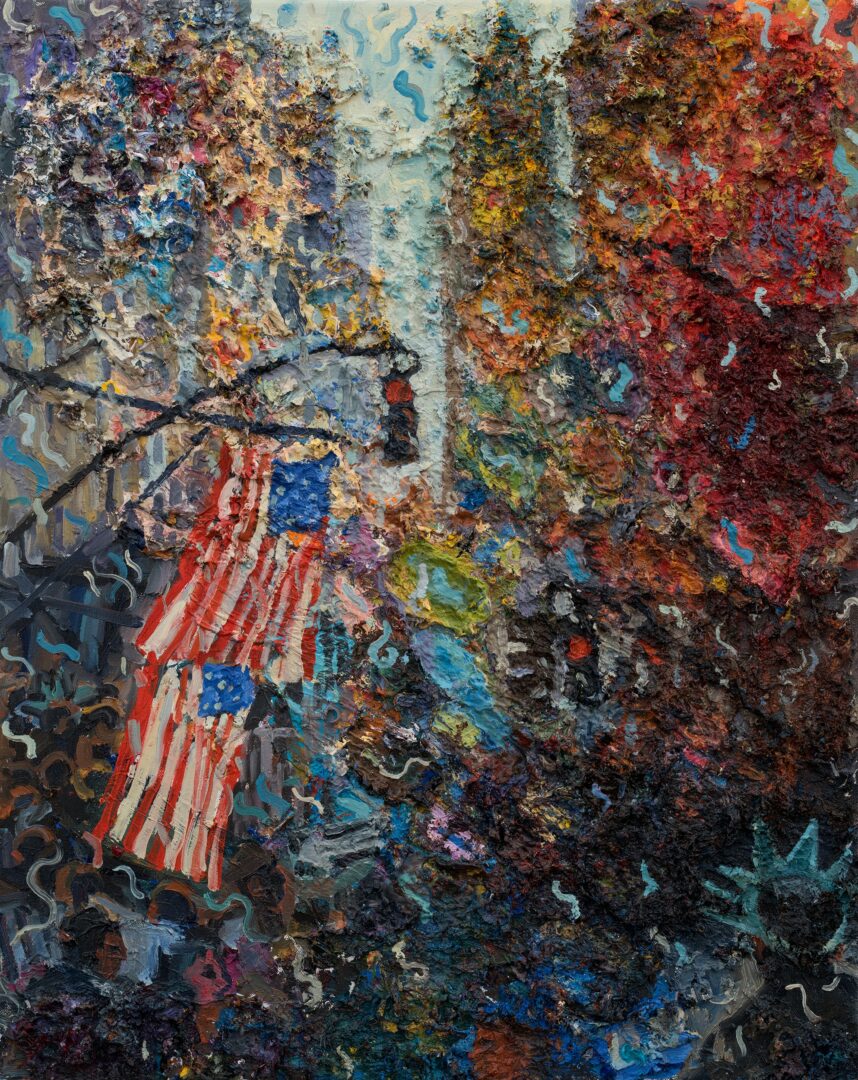
Image Credits
Photo credit of Sonya Sklaroff in the studio: Karsten Staiger
artwork photo credit: John Berens
so if you or someone you know deserves recognition please let us know here.

